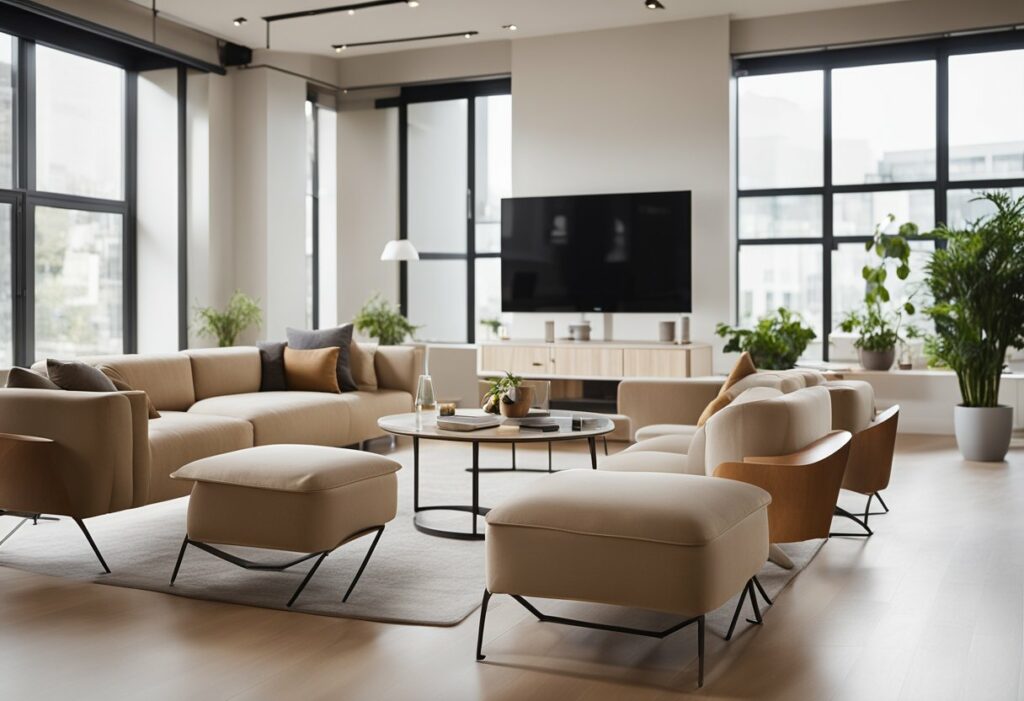Unity Interior Design: Creating a Cohesive and Harmonious Home
If you’re looking to create a cohesive and aesthetically pleasing space, unity in interior design is key. Unity is the principle of design that ties everything together to create a harmonious and balanced space. It’s about creating a sense of oneness, where all the elements in the room work together to create a cohesive whole.
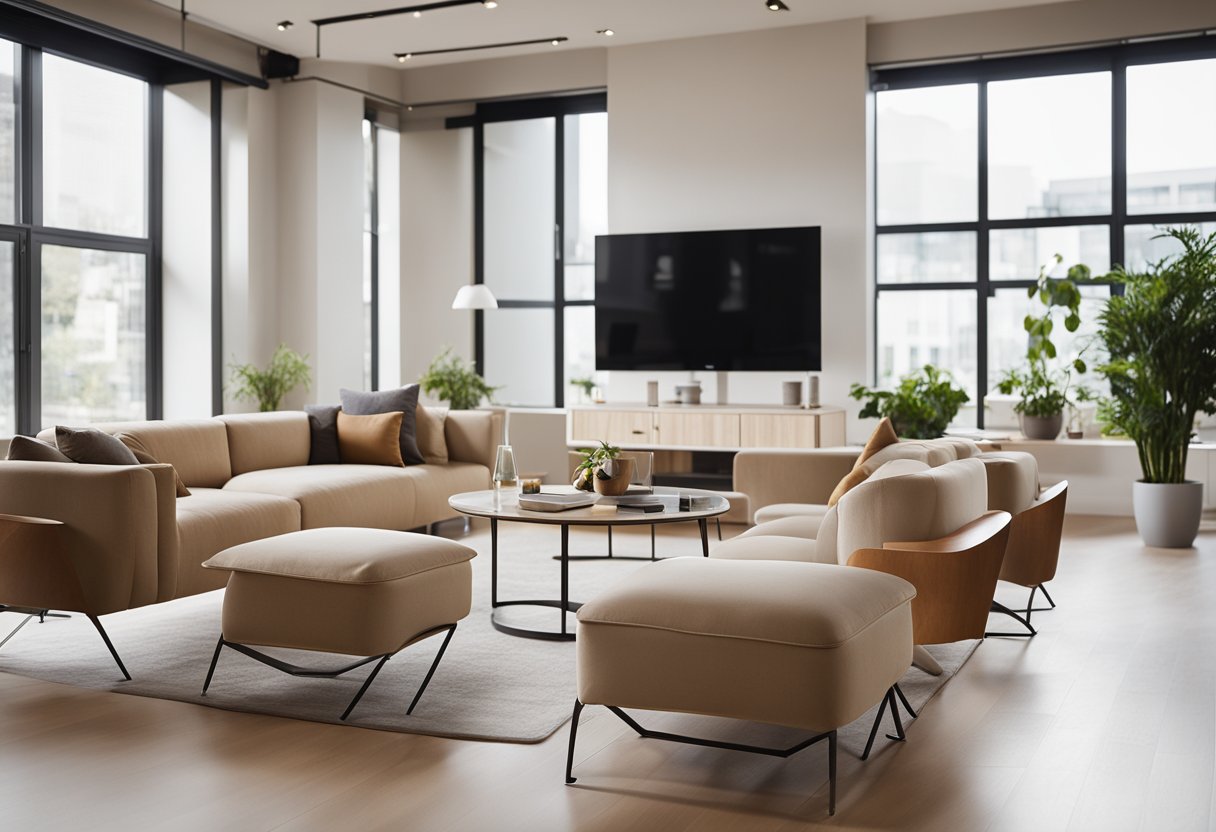
Creating unity in interior design can be challenging, but it’s not impossible. It starts with understanding the fundamentals of unity and how to apply them to your space. From there, you can begin to express your personal style while still maintaining a sense of unity throughout the room. Whether you’re starting from scratch or looking to refresh an existing space, incorporating unity in your interior design can help create a space that feels complete and polished.
Key Takeaways
- Unity is the principle of design that ties everything together to create a harmonious and balanced space.
- Understanding the fundamentals of unity is key to creating a cohesive space that expresses your personal style.
- Incorporating unity in your interior design can help create a space that feels complete and polished.
Fundamentals of Unity in Interior Design
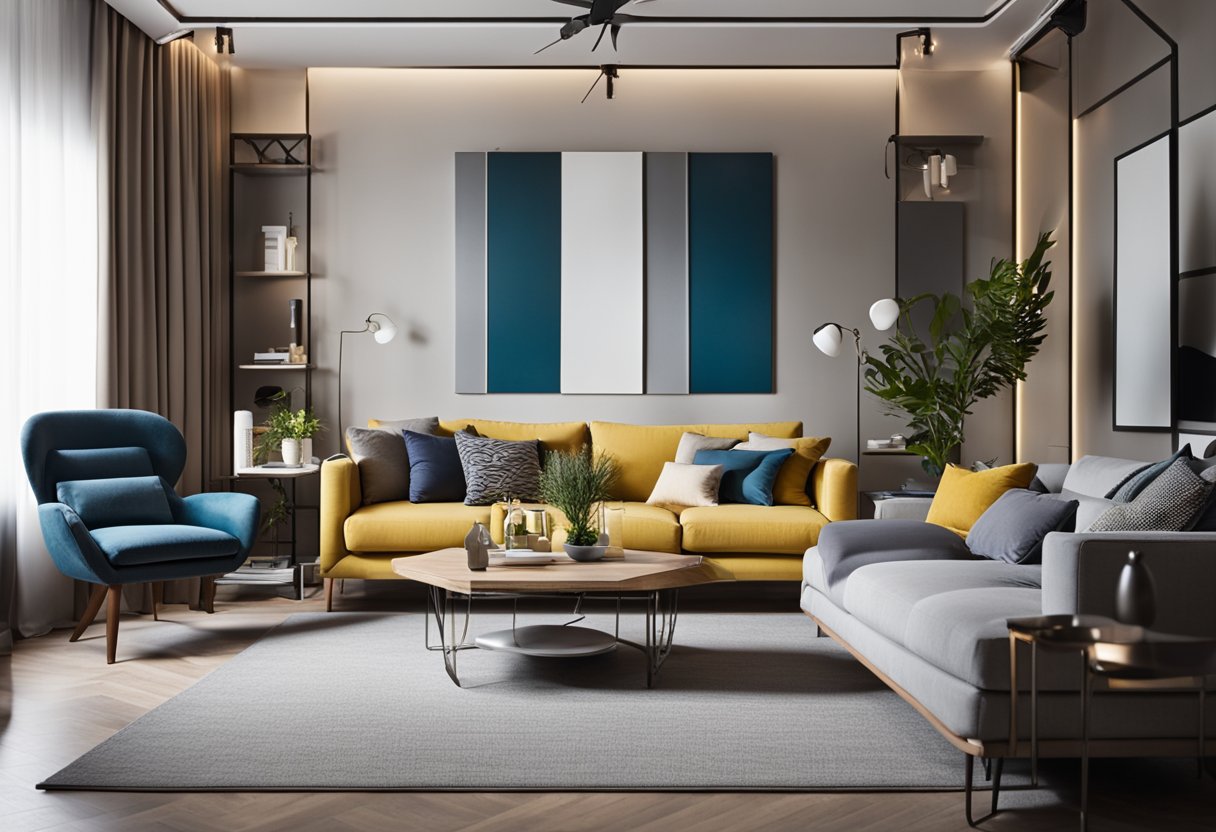
Creating a harmonious and unified interior design is a fundamental aspect of creating a comfortable and visually appealing space. Achieving unity in interior design requires a combination of various elements and principles that work together to create a cohesive and visually pleasing space.
Principles and Elements
The principles of unity and harmony in interior design are closely related and work together to create a cohesive and visually pleasing space. Unity refers to the use of similar elements throughout a space, while harmony refers to the use of complementary elements. Achieving unity and harmony in interior design requires a combination of various design elements, including balance, contrast, rhythm, proportion, emphasis, and detail.
Achieving Balance and Harmony
Balance is another important element of unity and harmony in interior design. Achieving balance involves distributing visual weight evenly throughout a space, creating a sense of equilibrium. There are three types of balance: symmetrical, asymmetrical, and radial. Symmetrical balance involves creating a mirror image on either side of a central axis, while asymmetrical balance involves creating balance through the use of different elements of equal visual weight. Radial balance involves creating balance around a central point.
Harmony can be achieved in interior design through the use of complementary colours, textures, and patterns. Complementary colours are colours that are opposite each other on the colour wheel, while complementary textures and patterns are those that work well together to create a cohesive and visually pleasing space.
Colour and Texture Considerations
Colour and texture are important considerations when creating a unified and harmonious interior design. The use of a consistent colour palette throughout a space can help to create a sense of unity, while the use of different textures can add interest and depth to a room. Consider using a variety of textures, such as smooth, rough, shiny, and matte, to create a visually interesting space. Additionally, the use of finishes, such as wood, metal, and glass, can add texture and interest to a space.
In conclusion, achieving unity and harmony in interior design requires a combination of various design elements, including balance, contrast, rhythm, proportion, emphasis, and detail. Colour and texture considerations are also important when creating a unified and harmonious interior design. By carefully considering these elements, you can create a visually appealing and comfortable space that reflects your personal style and taste.
Expressing Personal Style
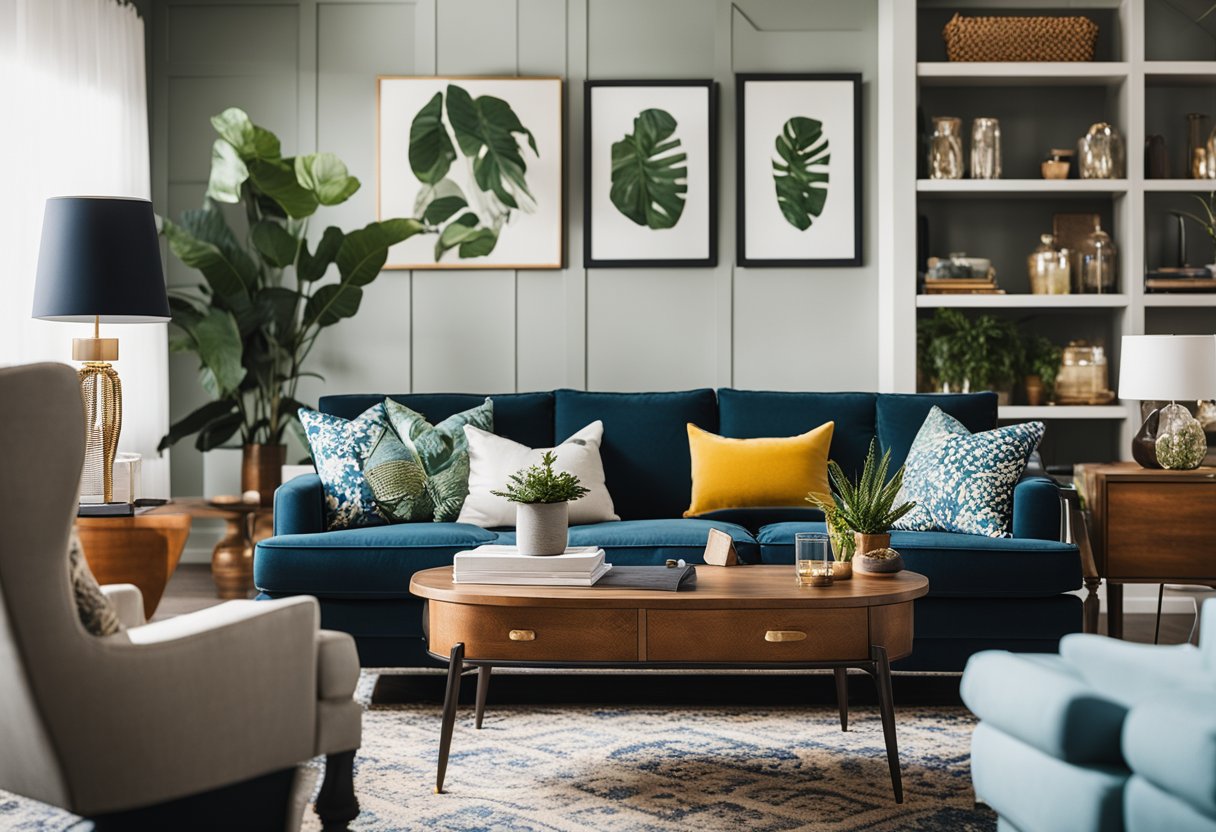
When it comes to expressing your personal style in your interior design, there are a few key elements to consider. From furniture and accessory selection to incorporating artwork and decor, the details are what will make your space truly unique and reflective of your aesthetic preferences.
Furniture and Accessory Selection
Selecting the right furniture and accessories is crucial in creating a cohesive and aesthetically pleasing space. Consider the style and theme you want to convey and choose items that fit within that vision. Pay attention to details such as the scale and proportion of each piece, and ensure that they work well together in terms of size and visual interest.
Incorporating Artwork and Decor
Artwork and decor are the finishing touches that can really bring a room together. When selecting pieces, consider the colour palette and overall mood of the space. Contrasting elements can add depth and emphasis, while visual connections between furniture pieces and accent pieces can create a sense of balance and consistency.
Final Touches for Cohesive Ambience
The final touches are what will make your space truly welcoming and aesthetically pleasing. Consider details such as curtains, decorative objects, and lighting to create a cohesive ambience. When selecting these elements, keep your design style and aesthetic in mind to ensure that everything works together seamlessly.
Overall, expressing your personal style in your interior design is all about paying attention to the details. By selecting the right furniture, decor, and finishing touches, you can create a space that is truly reflective of your unique aesthetic preferences.
Frequently Asked Questions
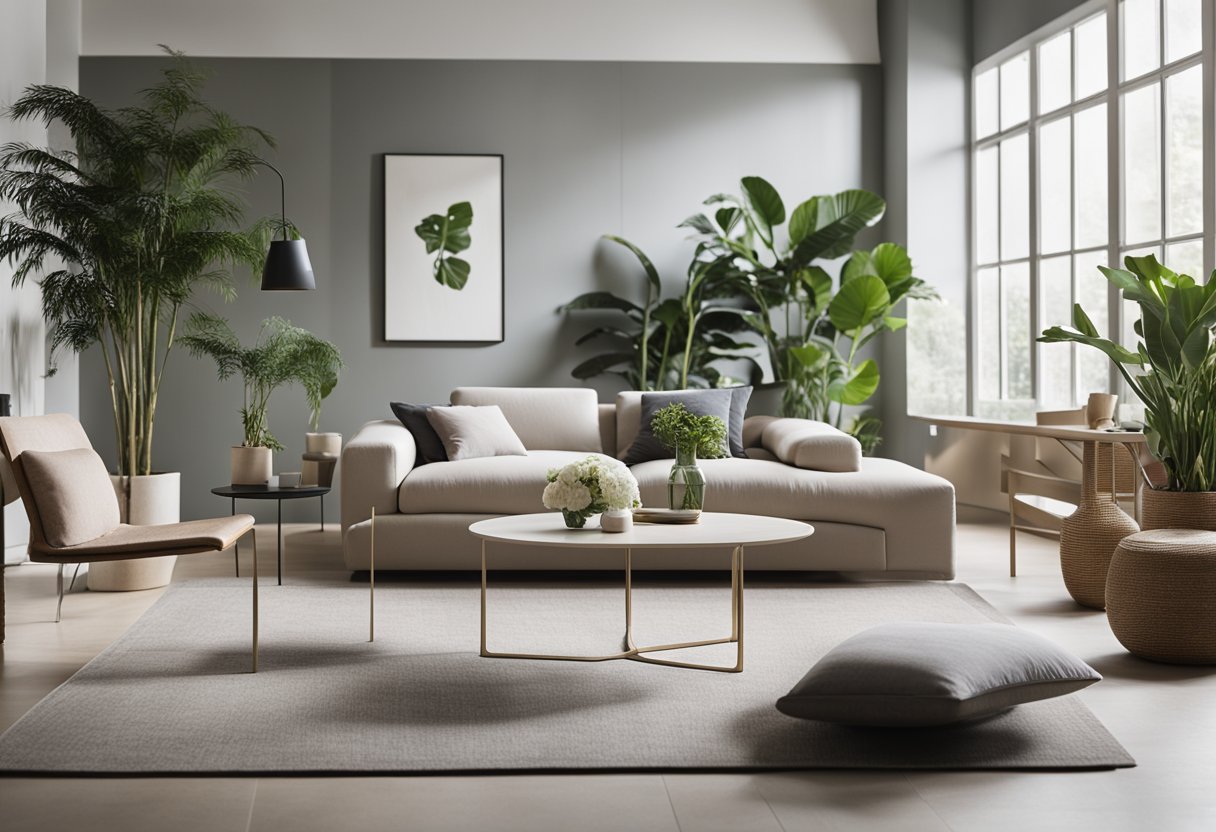
How can one achieve a sense of harmony in home decor?
Harmony in home decor can be achieved by incorporating elements that complement each other. This can be achieved by using a consistent colour palette, using similar textures and patterns, and ensuring that the scale of each element is appropriate for the space. By creating a cohesive look, you can achieve a sense of balance and unity in your home decor.
What are the key principles for creating rhythm in a room’s design?
The key principles for creating rhythm in a room’s design are repetition, progression, and transition. Repetition involves using the same element multiple times in a room, such as repeating a certain pattern or colour. Progression involves gradually increasing or decreasing the size or scale of an element. Transition involves creating a gradual shift between two different elements, such as transitioning from one colour to another.
Could you explain the concept of emphasis within the context of decorating a space?
Emphasis involves drawing attention to a certain element in a room. This can be achieved by using contrasting colours, textures, or patterns, or by using a larger or more prominent element in the space. Emphasis can be used to create a focal point in a room, or to draw attention to a certain feature or object.
What are the effects of overemphasising unity in a room’s aesthetics?
Overemphasising unity in a room’s aesthetics can lead to a space that feels boring or monotonous. While it’s important to create a cohesive look, it’s also important to incorporate elements that add interest and variety to the space. By using contrasting colours, textures, or patterns, you can create a space that feels dynamic and visually interesting.
Can you provide examples of how variety brings vibrancy to a room’s design?
Variety can bring vibrancy to a room’s design by adding interest and contrast. For example, using a mix of patterns and textures can create a visually interesting space. Incorporating different colours or materials can also add variety and interest to a room’s design.
What methods are used to ensure balance between variety and unity in a living space?
To ensure balance between variety and unity in a living space, it’s important to use a consistent colour palette and to incorporate elements that complement each other. Using a mix of textures and patterns can add variety to the space, while maintaining a cohesive look. It’s also important to ensure that the scale of each element is appropriate for the space, and to create a focal point in the room to draw the eye and add interest.

